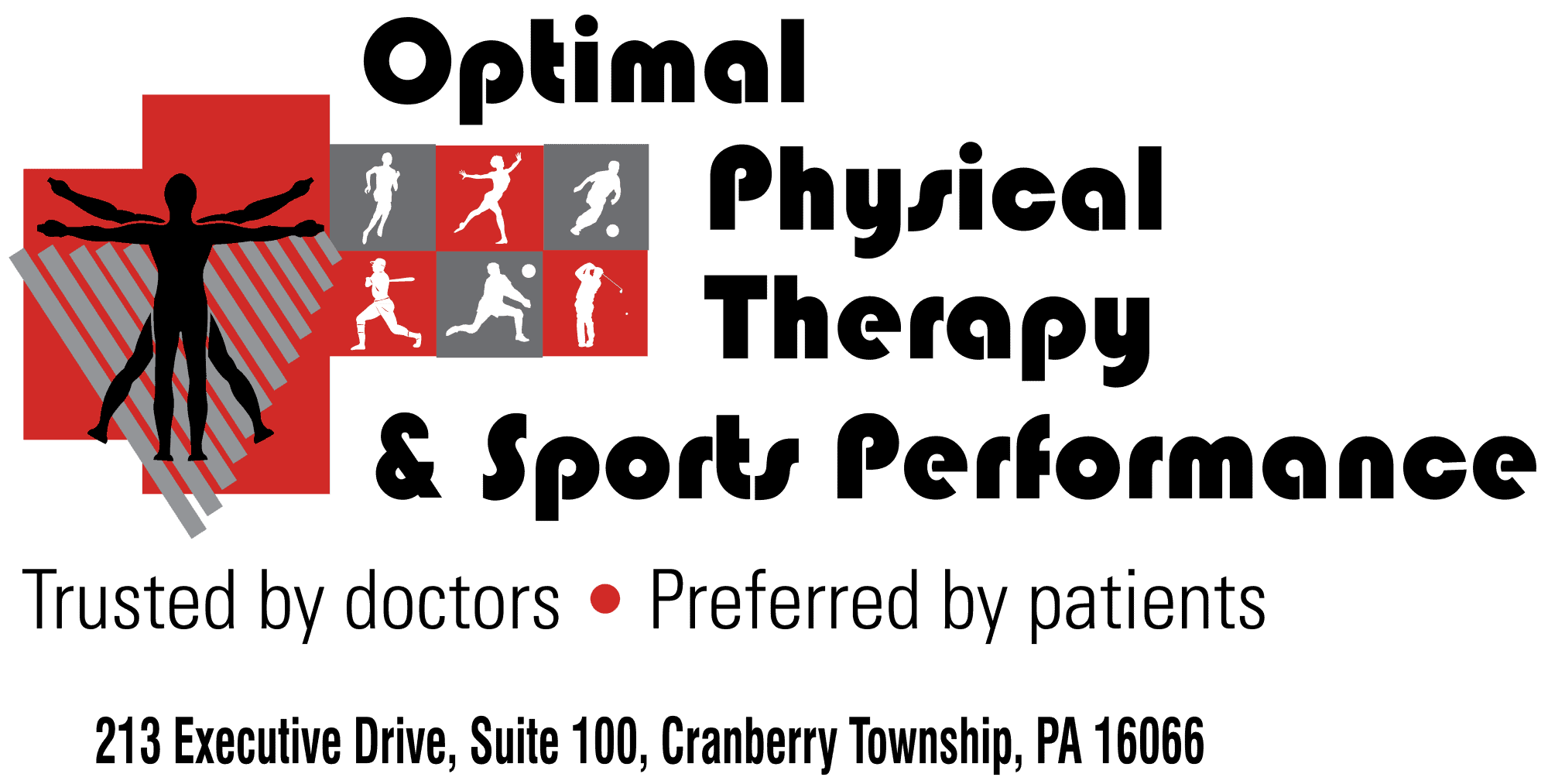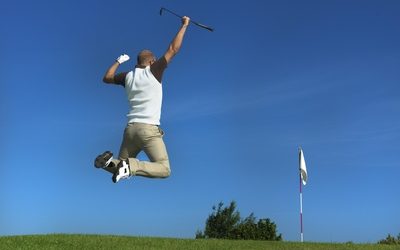The golf swing greatly relies on repetitive and coordinated arm motions to generate club head speed and to square the club head at impact. Overuse injuries of the hand, wrist, forearm and elbow are common in golfers but can be minimized with education.
As discussed in one of my previous articles, many golfers produce most of their power incorrectly by using an arm dominant swing motion. The power should primarily come from the trunk and legs creating a centrifugal force extending through the arms, then the club shaft and finally to the club head. This phenomenon is seen in events such as the use of a bullwhip and with a water skier riding outside of a boat’s wake.
Golfers that over-utilize their arms are predisposed to suffering a cumulative trauma injury. These injuries are a result of minor repetitive irritations of muscles, joints, ligaments, bones and/or tendons that do not heal prior to sustaining more stress to them. Eventually, a larger more function-limiting injury of these structures will occur.
Another way that golfers hurt these areas of their arms is by hitting the ball “fat” or hitting behind the ball. This will cause the club head to take a large grass divot or firmly strike the unforgiving driving range mat. Also hitting a tree root or rock will cause the same injury. This incident generates a very strong and quick force and a high amount of vibration that becomes absorbed by the arms.
Since the arms are a key component to the golf swing and some forces will be generated and absorbed by them, the best we can do is to prepare our tendons, joints and muscles by stretching and strengthening them. Stretching the finger and wrist flexors and extensors muscles and tendons can be done at a red light driving to the course or driving range.
Wrist and Finger Extensors Stretch
Straighten your right elbow with your palm facing downward, make a fist with your right hand and bend your right wrist toward the ground. Use your left hand to gently stretch your right wrist further toward the ground until a pull is felt along the back of your right forearm. Hold the stretch for 30 seconds and repeat it twice on each arm.
Wrist and Finger Flexors Stretch
Straighten your right elbow with your palm facing downward, your wrist backward bent and your fingers straight. Use your left hand to grab your 2nd through 5th fingers and gently stretch your right fingers and wrist further into backward bending until a pull is felt along the bottom of your right forearm. Hold the stretch for 30 seconds and repeat it twice on each arm.
Even with the best warm-up routine, occasionally an arm injury will still present itself. If swinging a golf club causes persistent pain in the palm of your leading hand where it meets your wrist, please consult your physician. Some health care professionals call this injury “golfer’s wrist”. One of the bones of the wrist (hamate) has a hook of bone that extends from the body of the bone. This hook can be fractured and actually may not show up immediately on a X-ray. This fracture occurs from the handle of the golf club hitting into this bone and is usually from the club being too short for the golfer.
Many hand, wrist, forearm and elbow injuries can be helped by various treatments, braces or club adjustments to return you to your highest physical potential on the course.
Please contact Optimal Physical Therapy and Sports Performance in Cranberry Twp., PA at 724-779-1300 if you have any questions or would like a free telephone consultation on our proven golf enhancement program. We specialize in detecting and correcting the physical limitations that are causing your golf swing compensations.
Patrick Sheehy, MS, PT is the President of Optimal Physical Therapy and Sports Performance. He has over 30 years of experience in Sports Medicine and has a Masters of Science Degree in Orthopedic Physical Therapy.



